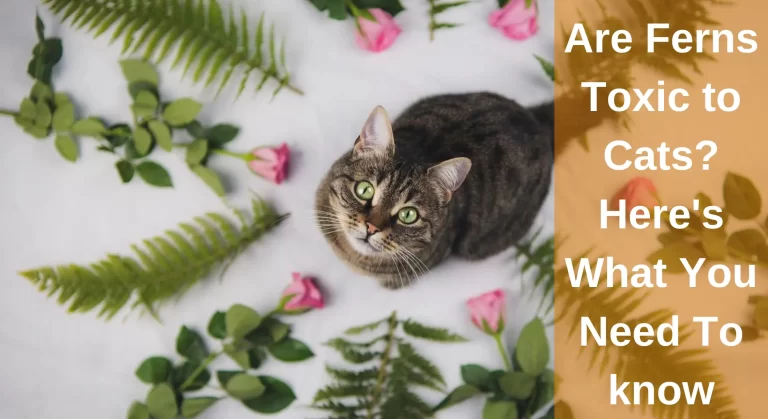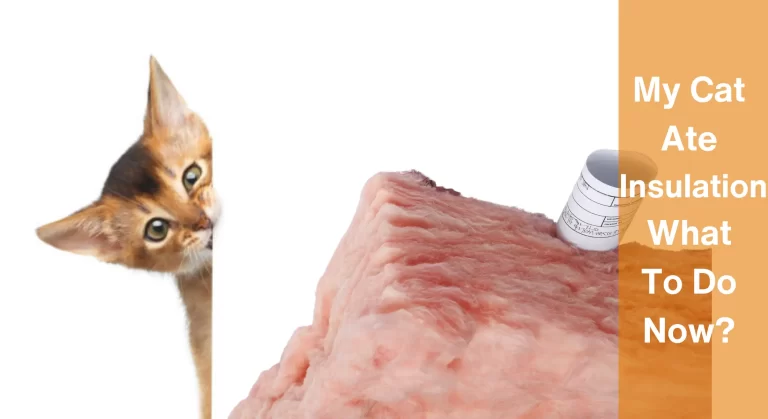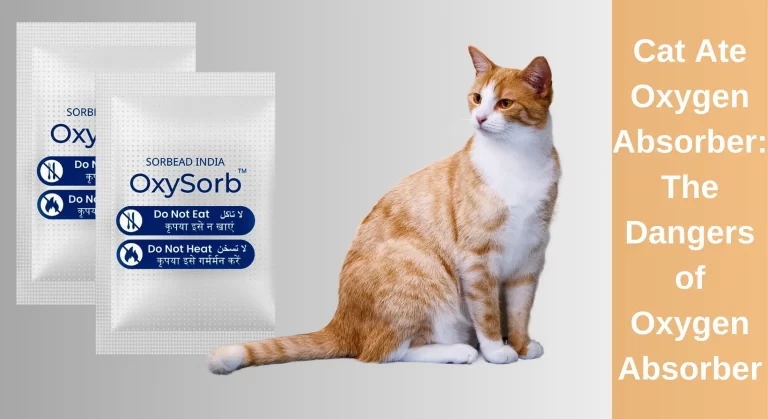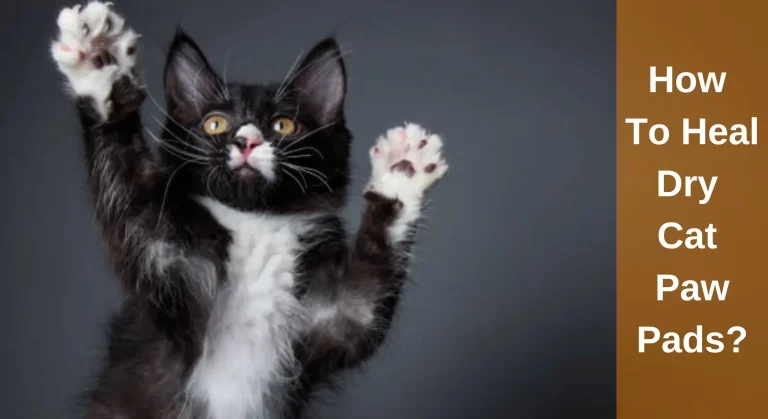Why Is My Cat’s Fur Turning Yellow? All You Need To Know
The whites of the eyes, the gums, or the flaps of the cat’s ears are frequently where you may detect yellow skin discoloration because cats are typically covered in hair. In such circumstances, you may ask yourself, what’s the problem? Why is my cat’s fur turning yellow?
Various factors can cause yellow cat fur, including dirt, stains, and grease. The color of your cat’s coat can also be altered by under or over-grooming. No doubt, age is a factor, but other factors, like poor nutrition or health issues that impact the color of your cat’s skin and fur, can also cause your cat’s hair to turn yellow.
Visit a vet’s office immediately if your cat displays symptoms of icterus, which causes the skin to become yellow. Cats of any age, breed, or sex can get jaundiced indoors or outdoors.
Keeping your cat healthy and happy can be difficult. The following information will help you understand what yellow fur means, why your cat’s fur turns yellow, and what you should do about it.

Why is My White Cat Fur Turning Yellow?
One of the most alarming hues is yellowing fur because, while it may be nothing, it might also mean your cat has jaundice. Liver failure and liver stress can both result in jaundice. Jaundice is a dangerous ailment that needs to be treated right away, just like in people. Contact your veterinarian and make an appointment as soon as possible if your cat’s hair is becoming yellow.
In most cases, your cat can remove the stain on its own. A fast wash can remove the stained fur when the colors are more complicated. The following are some typical causes of a cat’s yellowing fur:
1. Medication
Medication’s components may include yellow food coloring. This is most frequently seen with flea treatments administered directly on fur.
Additionally, oral drugs might transfer to fur. This occurs as a cat uses saliva to groom itself as felines comb the stain’s medicine into their coats.
2. Lack of Cleaning
Cats can have trouble reaching certain bodily areas. It’s possible that your cat is overweight or a leg has been removed. Some felines experience movement restrictions due to a medical condition, such as painful and tight joints.
3. Colouring Agents
Both natural and artificial colorings have been added to cat food. If consumed, this coloring might end up on your cat’s fur and cause discoloration. This occurs in foods for cats other than those that seem yellow. Even food that appears orange or red on a cat’s hair might look yellow.
4. Pollen
Pollen may cause a cat’s coat to become yellow, but it is simple to remove. Cats, however, can be poisoned by particular kinds of pollen. Research showed that lily pollen, which can disorder a cat’s liver function, is one of these.
5. Age
As cats age, they all begin to lose their color. This can manifest as yellowed fur on white cats.
6. Litter of cat
The stain on your cat’s hair might result from the pigment in its litter. A natural yellow hue may be present in a litter made using maize as a component. The problem can be caused by the yellow pigment found in maize.
7. Urine Marks
Unable to utilize a litter box and health issues are common causes of urine stains. If you discover your cat’s hair is frequently urine-stained, look for additional signs of illness.
Also Read: Can Cat Urine Cause Headaches?
How to Care for Yellow Cat Fur?
There are instances in which you ought to handle your cat’s grooming. The tips are as follows:
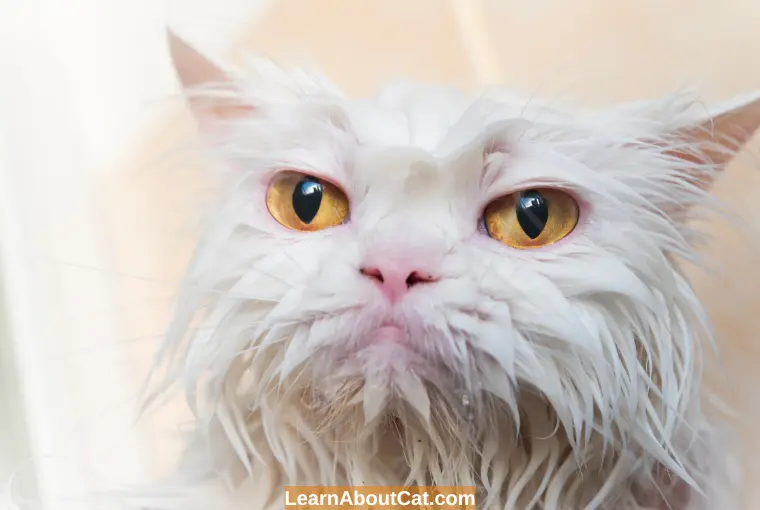
- Preparation: Put a bath towel at the bottom of the bathtub before bathing. Three inches of warm water should be placed inside the container.
- Put the cat in water by placing one hand beneath the cat’s tummy—lower the animal by holding onto your cat’s front paws with your other hand.
- Cat with wet fur: Use a handheld spray to clean your cat’s skin.
- Shampoo: To clean your cat’s fur, use one portion of cat shampoo.
- Drain: Stroking the fur can help to remove the water.
- Drying: Use a towel to pat your cat dry.
Intresting Reading: How to Bathe a Cat or Kitten?
How Can I Remove Yellow Spots from Cat Hair?
White fur is easier to discolor than other types of fur. Cat hair stains cannot be eliminated by bathing on their own. If stains persist after washing a cat, take the following action:

- Creating a paste: Combine 3% hydrogen peroxide solution with cornstarch.
- Take an old toothbrush and apply this paste gently in a circular motion on the cat’s coat. Be sure to cover the discoloration completely.
- Let it seep in: Give the paste 15 minutes to dry on the coat.
- Use a slicker brush to remove the paste.
- Use warm water to rinse the remaining paste.
When is Yellow Cat Fur a Problem?
Yellow fur will create issues in the following ways:
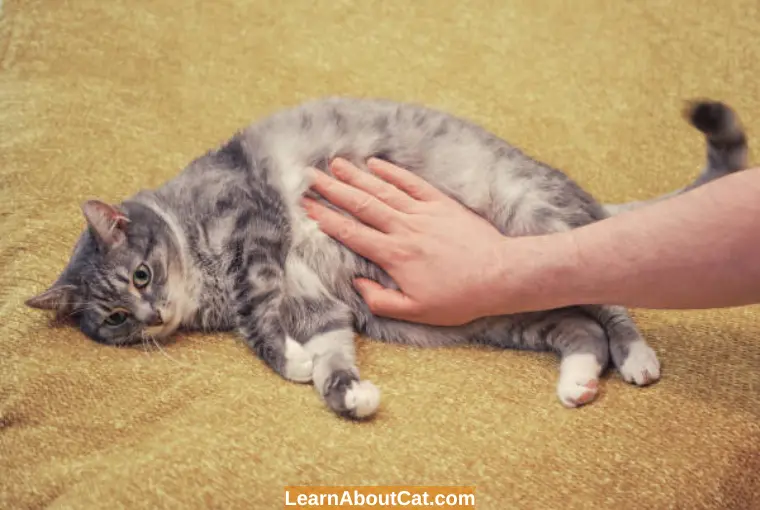
1. Diarrhoea
It’s also possible for a cat with acute diarrhea to become too weak to groom itself. Your cat’s coat or bottom may get feces-soiled due to diarrhea.
Check Out: Cat Has Diarrhea But Seems Fine: What Should I Do?
2. Strongly Matted Fur
Matts frequently go with grimy fur. Mats that are difficult to remove should have the fur cut off. However, this might be a risky practice when matts are placed right up against the skin.
Find Out: What Causes Matted Cat Fur?
3. Often Unable To Groom
Your cat may no longer be able to groom itself, as you may have seen. This frequently occurs due to aging, such as stiff back legs brought on by arthritis or feline dementia.
4. Jaundice
One of the most obvious signs of liver illness is jaundice. Some veterinarians believe that yellowed fur is a sign of jaundice. Yellow fur may indicate jaundice and liver damage if it doesn’t revert to its original color.
Why Does the Fur on White Cats Turn Orange?
Another unsettling shade of hair on a white cat is orange. This is because orange fur is typically a result of discolored saliva, which indicates that your cat is licking and grooming more frequently than healthy.
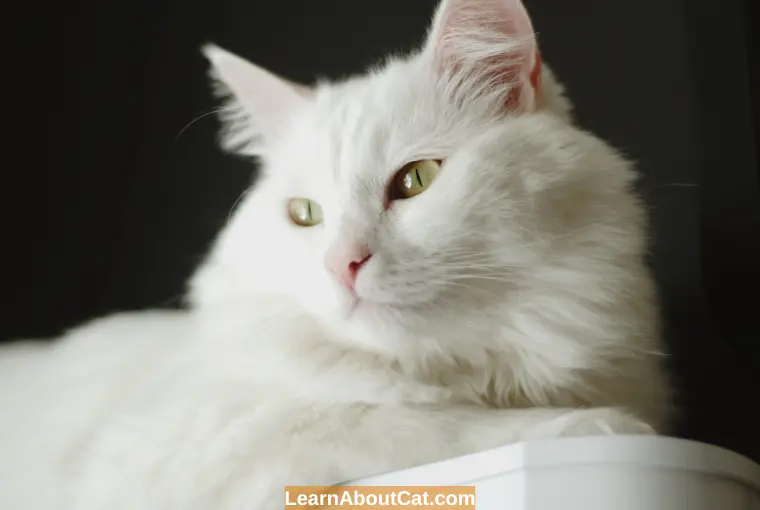
Numerous conditions, including fleas, ringworm, and allergies, can contribute to excessive grooming. To ensure you have the proper diagnosis and treatment to help your cat feel better, it’s crucial to take them to the vet if they over-groom. Fortunately, saliva staining typically goes away as your cat stops overgrooming.
Reasons Why Do Black Cat Rust? (Cat Fur Rusts)
A white cat can quickly develop spots of yellowness. A black cat can create orange or reddish coloring. This color change or rusting occurs due to the following:
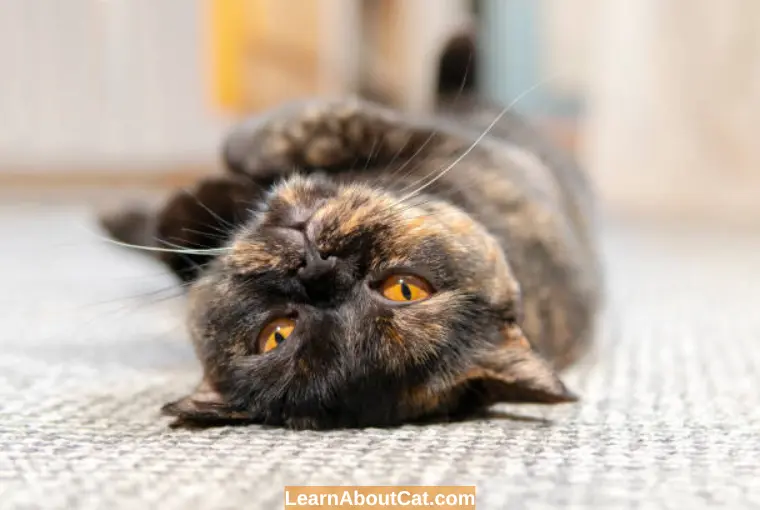
1. Iron Deficiency
Foods like liver, seafood, whole grains, and legumes contain copper and iron. High-quality cat food will also have an iron supplement to ensure your cat gets enough iron.
Although it happens most frequently when a cat rolls in oil and filth, urine stains can also cause a cat’s hair to become yellow. You’ll need to wash or spot-clean your cat if that’s the case. A veterinarian will evaluate your cat to determine whether its yellowish fur is related to a health issue, such as jaundice.
2. Deficiency of Tyrosine
Tyrosine deficit in a cat’s body is referred to as a deficiency. Tyrosine is an example of an amino acid, which is one of the components of protein. Cats require a diet with 11 different amino acids. Cats can only obtain these essential amino acids from the food they eat.
Tyrosine serves a variety of essential purposes. These include being an ingredient in thyroid hormones and neurotransmitters. The production of melanin is tyrosine’s additional function, though.
The pigment melanin is what gives cat hair its color. A lack of melanin brings on depigmentation in cats.
Frequently Asked Question
What Cat Colour Is the Rarest?
The unique cat coat color is more of a condition than a color. Albino is the most unusual color. But not all white cats are considered people with albinism. Albinism is a rare breed characteristic, with Siamese cats being one of them.
There may be albino cats in other cat breeds. Nevertheless, they are often uncommon and arise from mutations that don’t pass on to their offspring or diseases that induce albinism but aren’t inherited. Albino cats are frequently prohibited from breeding, mainly when they appear in purposefully bred cats.
Is Jaundice In Cats Fatal?
Although it is curable, lethal jaundice, typically brought on by a liver disorder and can cause your cat’s fur to become yellow, can be fatal.
Most jaundice-related deaths occur when owners don’t get their cats to the doctor soon enough or when the cause of the jaundice is challenging to treat. Yellowing of the ears, gums, and eye whites are other indicators of jaundice.
How long does jaundice take to heal in cats?
Depending on what caused jaundice, resolving it takes a different amount of time. A liver ailment, difficulty with blood cells, gall bladder problem, or other conditions might cause jaundice. While some issues might necessitate a trip to the veterinarian, different situations can be treated with regular supportive care.
Jaundice often goes away within 6 to 12 weeks after the cause has been found and addressed.
The Bottom Line On Why Is My Cat’s Fur Turning Yellow
Like any other cat, your white cats’ fur may require more upkeep as they age. Maintaining your cat’s fur looking smooth and glossy can be more challenging since a white coat displays malnutrition, sickness, injury, and other issues sooner than different hair colors. Still, it also makes it simpler to know how healthy your cat is by looking at them.
To keep your white cat looking nice as it ages, groom it, feeds it better, or uses senior cat food. Even if your cat cannot groom itself efficiently, cat wipes and other cleaning supplies may improve how it looks and feels.
Who is Isabella?
My name is Isabella, and I am a dedicated and knowledgeable cat enthusiast. With years of experience caring for cats and a deep love for felines, I made a mission to help other cat lovers navigate the challenges of cat ownership.

